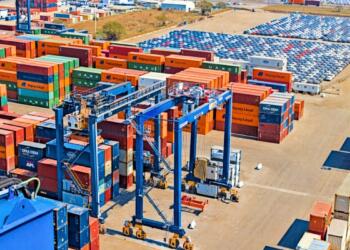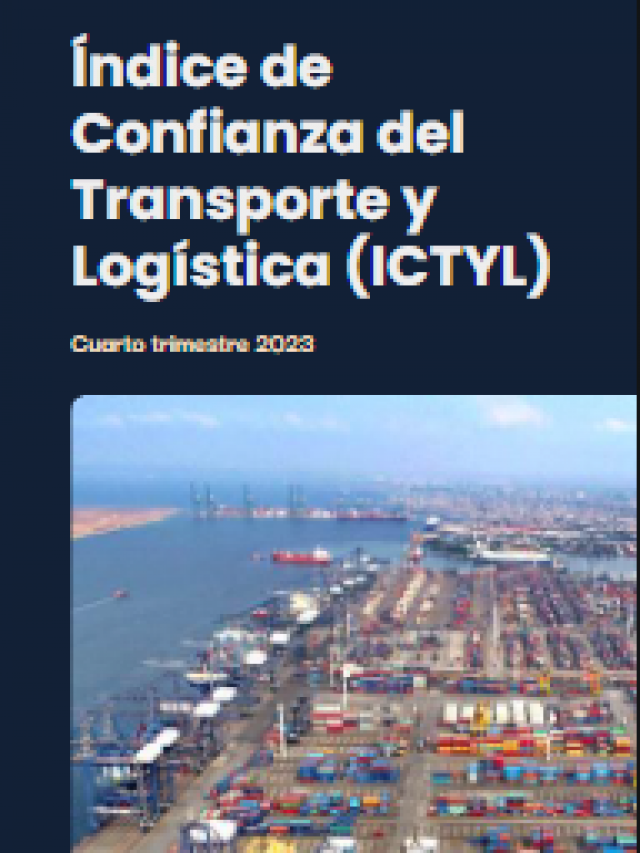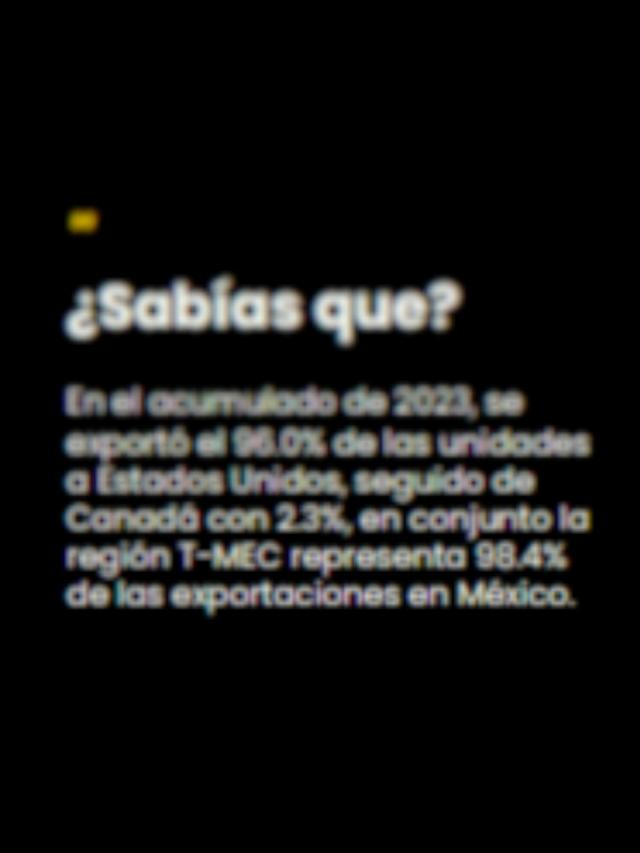
Due to the tariff war imposed by the United States on imported products, more than four million jobs in the manufacturing, agricultural, and mining sectors are at risk in almost half of Mexico’s states, which are most dependent on trade and exports.
The manufacturing sector is the most vulnerable, with more than 2.7 million jobs at risk . The agricultural and mining industries would contribute more than 1.5 million additional jobs that would be potentially exposed, according to the study North American Trade Integration and Risk: Exposure of Mexico’s Sectoral Workforce to U.S. Tariffs , conducted by researchers Daniel Covarrubias and Heleodoro Lozano of the Texas Center for Border Economic and Enterprise Development at Texas A&M University .
The report assesses how the proposed U.S. tariffs, now expanded globally and paused for 90 days, could affect employment in Mexico’s most integrated and export-oriented states.
“It focuses specifically on 15 Mexican states whose economies are closely linked to North American trade through manufacturing, agriculture, and mining,” the analysis noted.
Mexico is an export-oriented economy, with exports representing a significant proportion of its Gross Domestic Product (GDP). Most of the job growth resulting from trade is linked to foreign production, not imports.
In this regard, the manufacturing sector in Jalisco would have 212,760 jobs at risk, due to the state’s deep integration with North American supply chains. Agriculture and mining also show significant vulnerability, with 229,511 jobs at risk.
The manufacturing industry in the State of Mexico would contribute 299,307 jobs at risk and 134,212 in agriculture. Meanwhile, in Baja California , there would be 346,486 in manufacturing, 63,352 in agriculture, and 3,299 in mining, reflecting their integration into supply chains, according to the analysis.
The manufacturing sector in Nuevo León would encompass 349,097 vulnerable jobs, while in agriculture there would be 21,586 and in mining, 2,347.
At least 232,813 manufacturing jobs would be at risk in Guanajuato , 139,872 in agriculture and zero in mining, with significant exposure in both sectors.
Manufacturing in Chihuahua would have 299,893 at-risk jobs, while agriculture would add 67,436 and mining 3,533. Veracruz would contribute 49,679 manufacturing jobs, 313,917 in agriculture, and 4,449 in mining.
Puebla ‘s agricultural sector would have 209,762 jobs at risk, 94,843 in manufacturing, and zero in mining. Meanwhile, manufacturing in Coahuila would put 222,033 jobs at risk, 30,715 in agriculture, and 2,049 in mining.
In Tamaulipas , 181,855 manufacturing jobs are at risk, 31,959 in agriculture, and 2,311 in mining. Meanwhile, 105,897 manufacturing jobs are at risk in San Luis Potosí , 73,096 in agriculture, and 1,423 in mining.
In Sonora ‘s manufacturing industry, there are 94,424 vulnerable manufacturing jobs, 79,242 in agriculture, and 4,555 in mining. Querétaro is estimated to have 128,223 manufacturing jobs at risk, 25,887 in agriculture, and zero in mining.
Durango would have 29,254 manufacturing jobs at risk, 49,410 in agriculture, and 2,292 in mining. Aguascalientes would have 126,191 manufacturing jobs at risk, 14,425 in agriculture, and 1,508 in mining.

According to the analysis, each sector presents specific patterns of vulnerability:
- Manufacturing is expected to be the most affected sector, with 2,772,755 jobs at risk. Its exposure stems from its integration into supply chains, especially in the automotive and electronics sectors.
- Agriculture is expected to add 1,481,866 vulnerable jobs, primarily because the affected states depend on agricultural exports, which carry risks associated with seasonality and logistics.
- Mining could have 30,282 jobs at risk, and their exposure is linked to confidence in investing in this sector.

Projections
The study also projected moderate disruption, a 25% reduction in trade, which would mean 653,000 manufacturing jobs at risk and 376,836 in agriculture and mining, representing 1,029,836 job losses.
In the case of Mexico’s states, the analysis projected declines in trade with the region’s main trading partners of 10%, 25%, and 40%.
In the event of a mild disruption , meaning a 10% reduction in exports, Jalisco would have 44,227 jobs at risk. The State of Mexico would lose 43,352 jobs, Nuevo León 37,303, Guanajuato 37,269, and Chihuahua 37,086, to name a few exposed states.

On the contrary, in a serious scenario , in which a 40% decrease in exports would be handled, Jalisco would have 176,908 vulnerable jobs, the State of Mexico up to 173,408, Nuevo León 149,212, Guanajuato 149,074 and Chihuahua 148,345.

Main findings
The research suggested that tariffs could have significant impacts, especially in manufacturing and agriculture, with trade reduction scenarios ranging from 10% to 40%, impacting trade-dependent communities. This highlights the need for strategies to mitigate the economic and labor impact.
The analysis indicated that more than 4.1 million jobs are at risk , primarily in the manufacturing and agricultural sectors. It also detected regional variations, with states such as Jalisco, the State of Mexico, and Baja California each facing the risk of losing more than 400,000 jobs .
The report indicated systemic implications, affecting not only border states but also states in the interior of Mexico, with potential asymmetric effects on communities dependent on trade.
He emphasized the economic interdependence between Mexico and the United States, highlighting the need for diversification strategies and coordinated policies to mitigate the impacts.
The proposed U.S. tariffs could pose significant challenges to labor and economic stability, especially for certain industries, requiring regional planning to address potential trade disruptions.
With information from Miroslava Callejas .
Comment and follow us on X: @miroslavacs / @Eliseosfield / @GrupoT21















